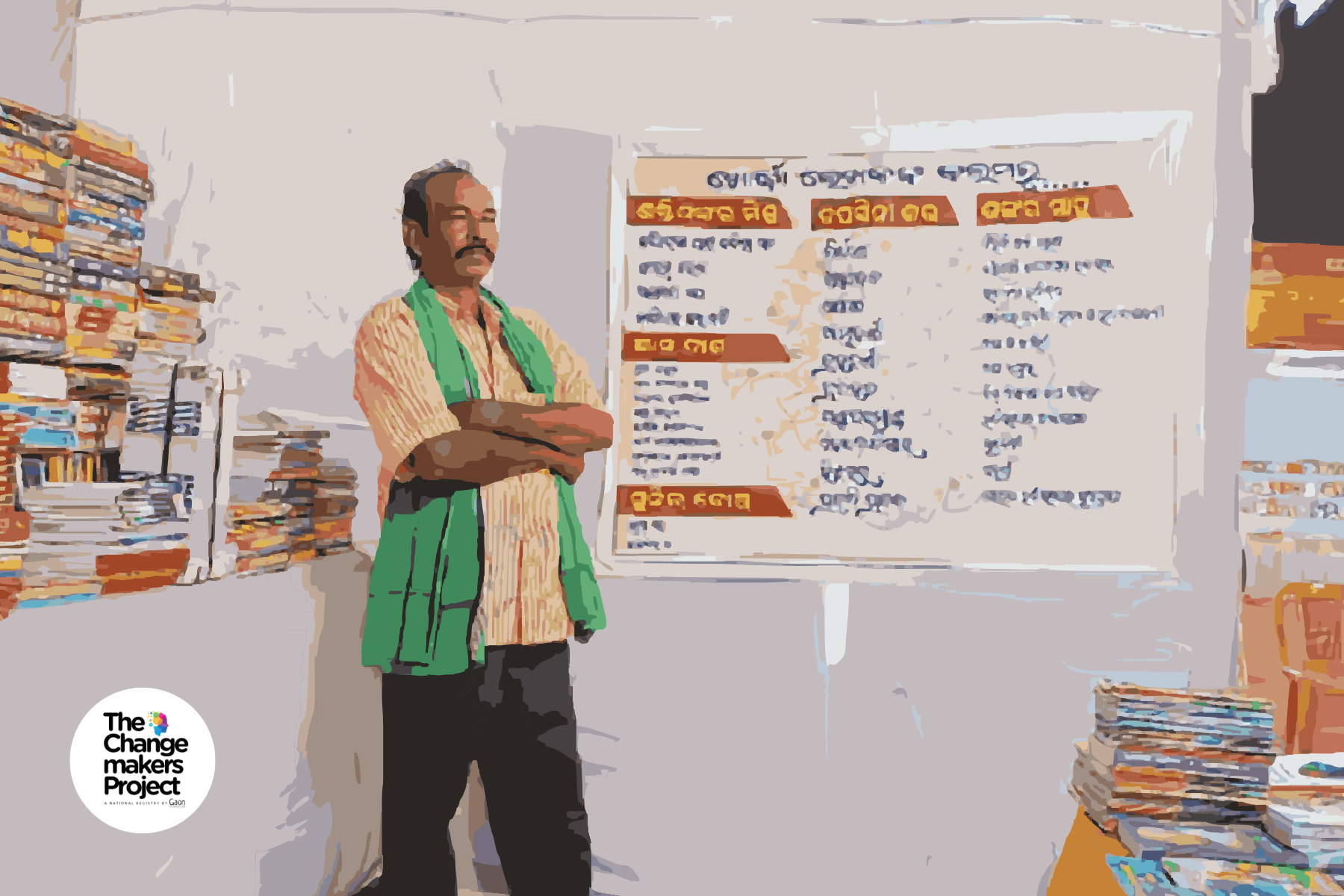Every year, about 121 million unintended pregnancies occur in the world. One in seven of these cases occurs in India. Nearly half — 48 per cent — of all pregnancies globally are unintended; 61 per cent of which end in an induced abortion. These are the findings of a report recently released by the United Nations Population Fund (UNFPA), the sexual and reproductive health agency of the United Nations.
The report titled Seeing the Unseen: The Case for Action in the Neglected Crisis of Unintended Pregnancy indicates that unintended pregnancy is associated with lower maternal health care utilisation and poorer infant and maternal health outcomes in India.
“This highlights the criticality to focus on avoiding unintended pregnancies and consequently, complications during pregnancy and childbirth, and outcomes in terms of maternal and newborn health,” stated the report released yesterday, March 30.
An unintended pregnancy is typically defined as one that is not wanted or one that is mistimed. While some unintended pregnancies are celebrated, others end in abortion or miscarriage.
Unsafe abortion remains the third leading cause of maternal mortality in India, and close to eight women die from causes related to unsafe abortion each day, highlighted the UNFPA report quoting a 2018 report on abortion and unintended pregnancies in India. This despite the legislative protection with the historic Medical Termination of Pregnancy Act of 1971.
The Medical Termination of Pregnancy (Amendment) Act 2021 expands the access to safe and legal abortion services by reducing restrictions, such as opinion of one registered medical practitioner is needed for termination of pregnancy up to 20 weeks of gestation. It has also increased the upper gestation limit from 20 to 24 weeks for special categories of women such as survivors of rape, victims of incest, and others such as differently abled women and minors.
#DidYouKnow: Nearly half of all pregnancies are not by choice?
Let @UNFPA show you why the most life-altering reproductive choice is no choice at all and start #SeeingTheUnseen crisis today.
Learn more: https://t.co/VhD0O5PyvQpic.twitter.com/s17ABn7j8Y
— UNFPA India (@UNFPAIndia) March 30, 2022
In India, 67 per cent of abortions were classified as unsafe, varying widely across the states in 2007–2011. There was a disproportionately higher risk of unsafe abortion among the vulnerable and disadvantaged populations including young women in India. Young women aged 15–19 years were at the highest risk of dying from an abortion related complication, pointed out the UNFPA report.
India’s maternal mortality ratio (MMR) has improved to 103 in 2017-19, from 113 in 2016-18, according to the special bulletin on MMR released by the Registrar General of India on March 14 this year.
However, there is variation in MMR across various states. Seven Indian states have very high maternal mortality. These are Rajasthan, Uttar Pradesh, Madhya Pradesh, Chhattisgarh, Bihar, Odisha and Assam. ‘Very high’ MMR means 130 or more maternal deaths per 100,000 live births.
“Unintended pregnancies resulting in abortions, unwanted births and miscarrimiscarriagesages are a key indicator of the need for expanding access to contraception services and information that support effective use,” stated the UNFPA report.
“We must make pregnancy an aspiration not an inevitability, by empowering women and girls to make affirmative decisions about sexual activity and motherhood. Family planning and safe abortion are crucial tools in preventing maternal death,” the report suggested.
As per the National Family Health Survey data, 9.5 per cent married women aged 15–49 years use condoms in India as part of family planning methods. Female sterilisation stands at 37.9 per cent while male sterilisation stands at 0.3 per cent.
What needs to be done
To strengthen reproductive health services, and empower individual choices so that women and girls can exercise their right to bodily autonomy, the UNFPA report has made following recommendations:
- Strengthening accessibility and availability of quality information and services for Long Acting Reversible Contraceptive methods (LARC) in the country.
- Special focus is needed for improving young people’s access to family planning information and contraceptives through intensifying Social and Behaviour Change activities (SBC) for family planning and strengthening access to information and services.
- Exploring the possibility of expanding the current contraceptive basket by adding contraceptives such as subcutaneous hormonal injections, implants.
- Expanding and extending MPV strategies to high-focus states for delivering assured quality of services in the hardest-to-reach rural and urban areas.
- Increasing focus on improving the demand and uptake of post pregnancy contraception including post-partum IUCD, post abortion IUCD, post-Ppartum sterilisation, while ensuring quality of services.
- Strengthening concerted inter-sectoral convergence by active involvement of civil society organisations and leveraging community platforms under the Ayushman Bharat Yojana. Utilising other sexual reproductive health (SRH) and health interventions to improve awareness on family planning, and to mobilise communities for improving contraceptive service uptake in hard-to-reach geographies and marginalised areas. Also ensuring safe abortion services during emergencies, disasters, pandemics and in humanitarian settings.
- Making SRH services gender-responsive, stigma free and integrating health sector response to gender-based violence at all levels of SRH service delivery.
- Exploring new and positive ways of engaging men and boys, and family members to take more responsibility and to challenge existing social norms, including youth-centric interventions to increase uptake among the young population.
- Strengthening the capacity of primary health facilities to offer safe abortion services; improving providers’ awareness about recent amendments in the MTP Act; and increasing women’s awareness to seek safe abortion services.




















